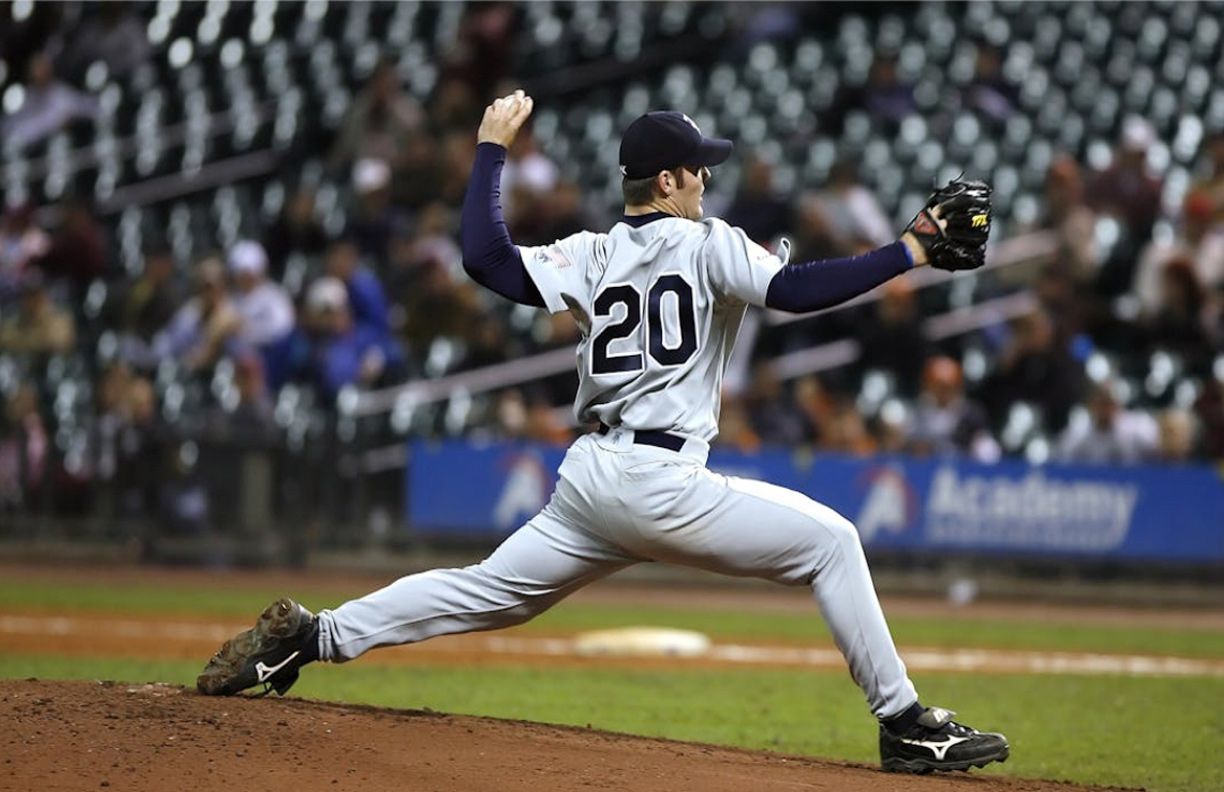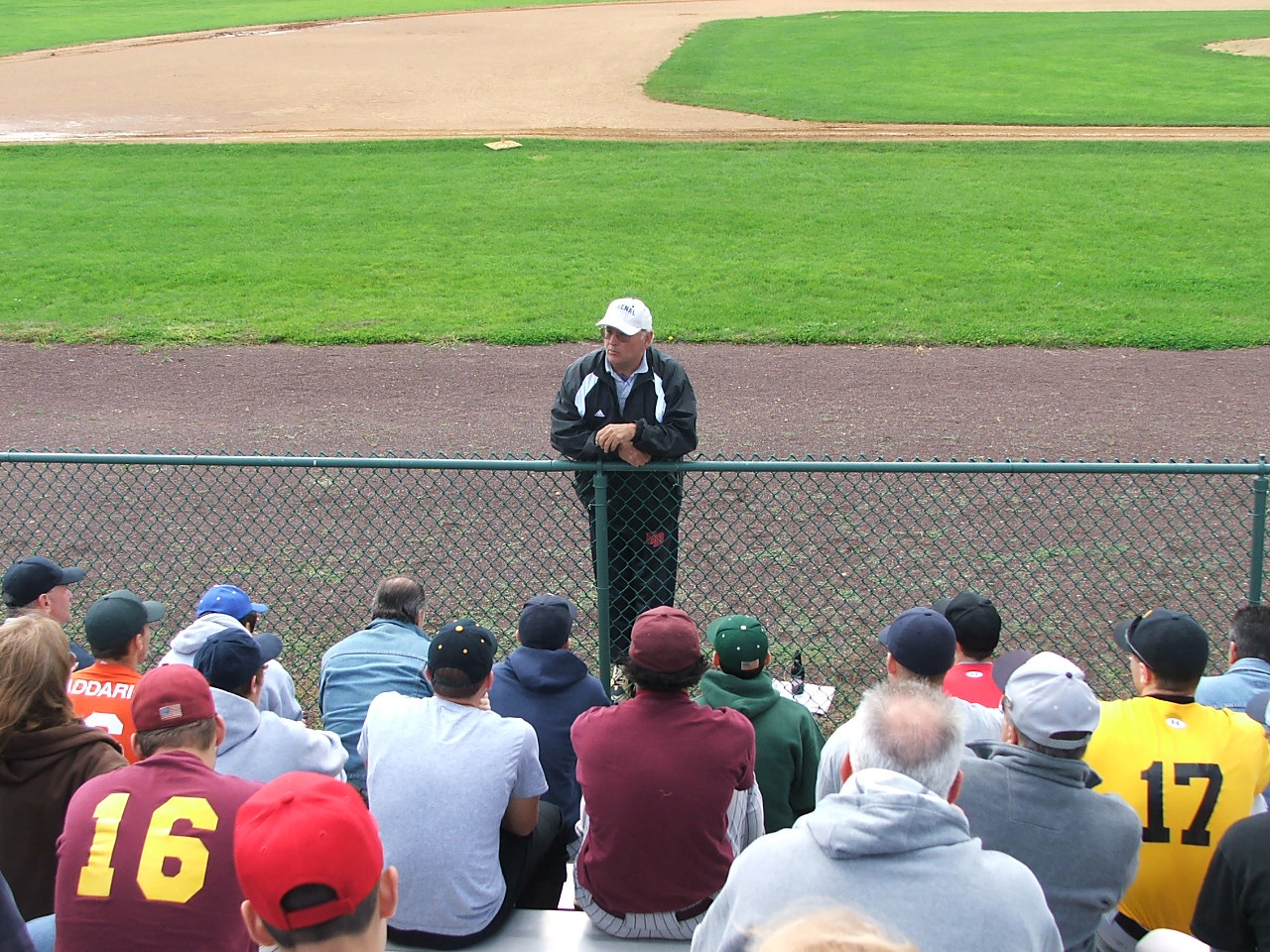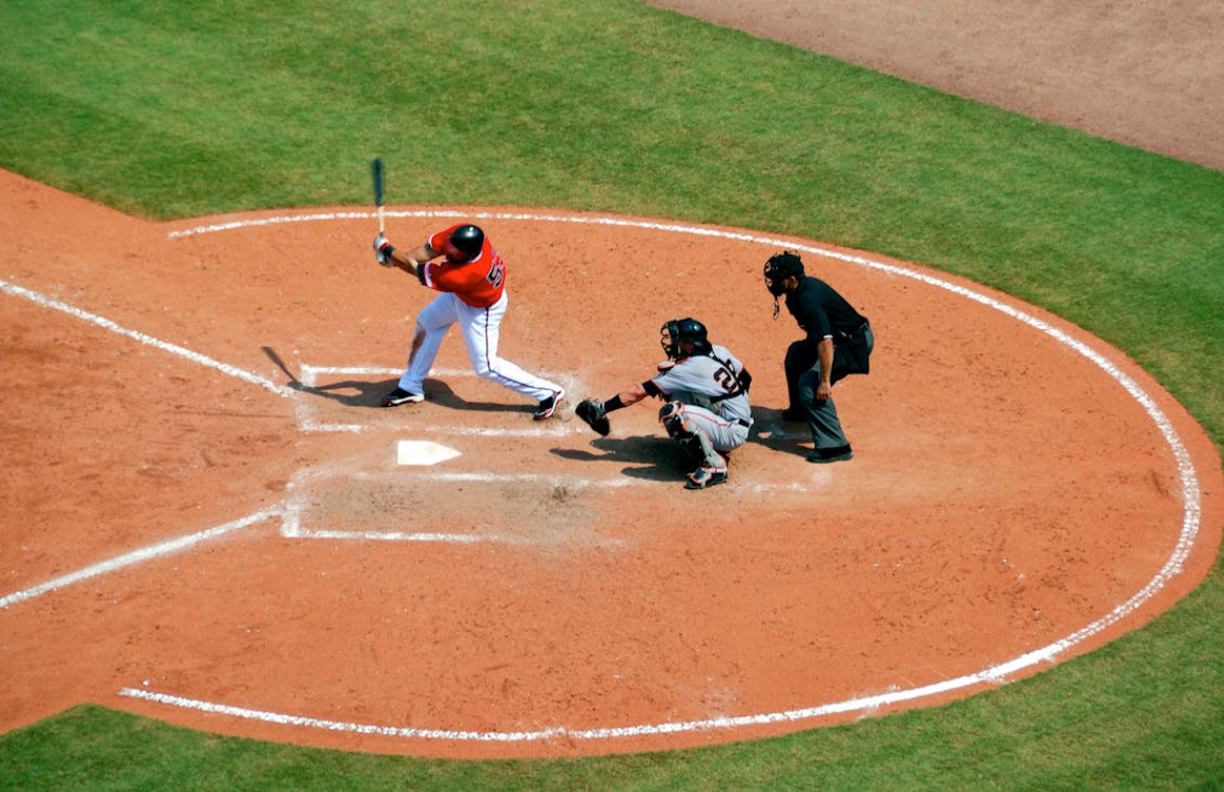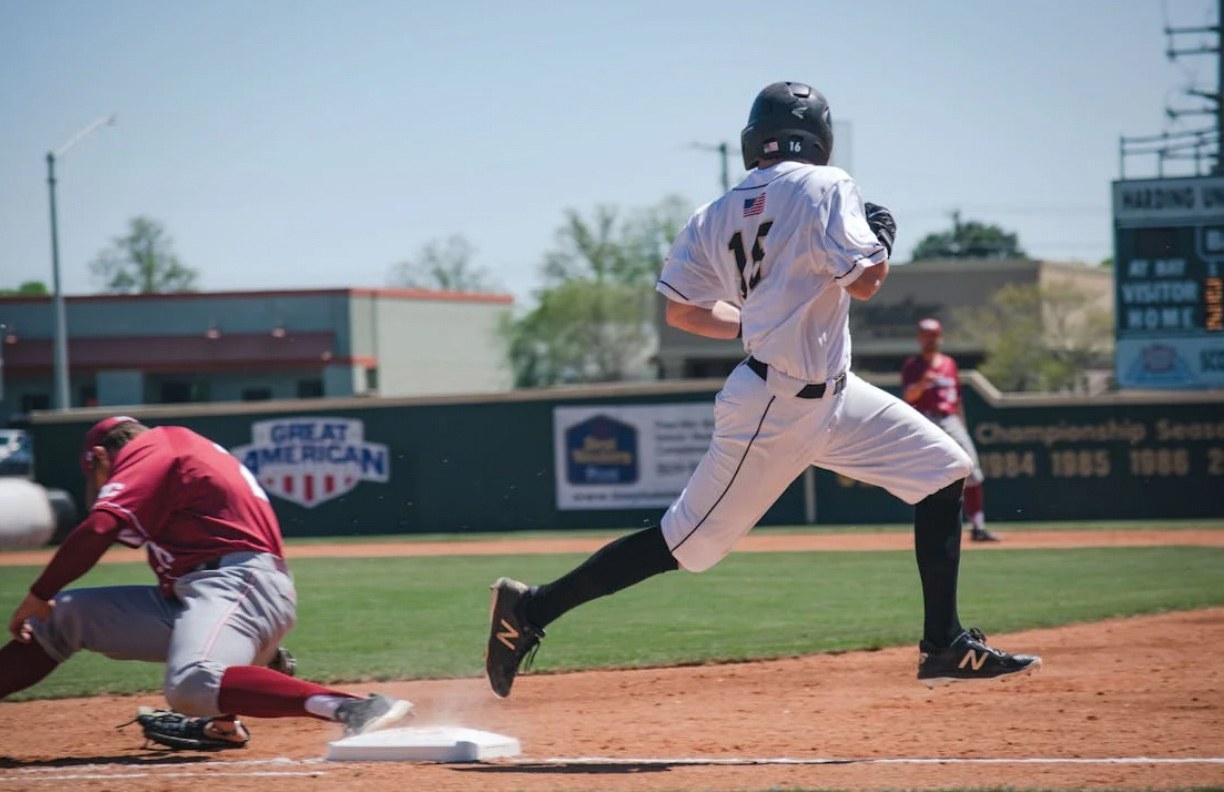Although the terms strength and speed are sometimes used interchangeably when discussing baseball performance, each has a specific function in a player’s game. Baseball is a game that requires a unique blend of strength, power, speed, and agility. Unlike other sports where brute strength is often the main focus, baseball players need to be well-rounded athletes. Modern baseball players differ greatly from their historical counterparts because of improvements in strength and fitness. In the modern game, strength and speed are now necessary for success.
Let’s delve into the distinctions between strength vs. speed, explore effective training strategies for each, and examine the specific adaptations that occur with speed training versus strength training. With this knowledge, you may adjust your strategy to enhance performance and accomplish your goals on the plate.
Strength
Strength refers to the ability of a player to exert maximum force against resistance. Strength contributes to a player’s ability to perform powerful and effective actions consistently throughout a game. This can show up in a number of game features, including:
- Batting: Generating powerful swings to hit the ball farther.
- Throwing: Delivering strong, accurate throws from the field or the pitcher’s mound.
- Fielding: Enhancing stability and control while making plays, especially in positions requiring significant physical effort, like catching and playing infield.
Speed
The ability of a player to move rapidly and effectively on the field is referred to as speed. A player becomes a more useful asset both offensively and defensively when they are faster since it improves their overall agility and reactivity.
- Base Running: Quickly advancing between bases, stealing, and scoring runs.
- Fielding: Covering ground rapidly to catch fly balls, field grounders, and make defensive plays.
- Reaction Time: Respond swiftly to pitches, hits, and game situations.
Baseball Strength Training

Here’s a guide to some essential strength training exercises that can help you improve your game.
1. Core Strength
A strong core is vital for baseball players, as it’s the foundation of both batting and throwing power. Focus on exercises that enhance rotational strength and stability.
- Russian Twists: Bend your knees and place your feet flat on the ground as you sit. Grip a medicine ball or weight with both hands while you lean slightly back. One rep is accomplished by twisting your torso to the left and then the right.
- Planks: Hold a plank position, keeping your body in a straight line from head to toe. Aim for at least 30 seconds per set.
2. Leg Strength
Strong legs contribute to powerful batting, swift running, and explosive jumping.
- Squats: Put some pressure on your heels to go back to your starting position.
- Lunges: Take a single stride forward, lowering your hips until your knees are bent to a nearly 90-degree angle. Go back to the beginning and alternate your legs.
3. Upper Body Strength
A powerful upper body enhances your ability to hit the ball farther and throw with greater velocity.
- Bench Press: Place a barbell on a bench and lie down. Push the bar back up to the beginning position after lowering it to your chest.
- Pull-Ups: Hang with your hands facing away from a pull-up bar. After raising your chin over the bar with your body, drop it back down.
Baseball Speed Training
Incorporating speed training into your routine can significantly enhance your performance.
- Sprint Drills
Short sprints are excellent for building explosive speed and acceleration, which are key in baseball.
- 40-Yard Dash: This classic exercise enhances your first burst of speed. Commence at a standing stance and run 40 yards as quickly as you can. Make an effort to keep your form and technique correct.
- Hill Sprints: Running uphill strengthens your legs and boosts resistance. Locate a slope that has a slight elevation and run on it while lifting your knees high and using your arms very forcefully.
2. Agility Drills
Agility is essential for quick changes of direction, which are common in baseball.
- Ladder Drills: Use an agility ladder to perform various footwork drills, such as the in-and-out drill, lateral shuffles, and the Ickey shuffle. These drills enhance foot speed and coordination.
- Cone Drills: Set up cones in various patterns, like the T-drill or the 5-10-5 drill. These drills simulate the quick directional changes needed in baseball, improving your ability to move swiftly and efficiently.
3. Plyometric Exercises
Plyometrics help develop explosive power and speed through dynamic movements.
- Box Jumps: Jump onto a sturdy box or platform, focusing on a soft landing to reduce the impact on your joints. Box jumps improve your explosive leg power, crucial for quick starts and acceleration.
- Bounding: Perform long, exaggerated strides as you move forward, emphasizing a powerful push-off from the ground. Bounding enhances your stride length and overall running mechanics.
Does increasing strength increase power?
Absolutely yes, increasing strength generally increases power in baseball. Enhanced muscle strength contributes to greater force generation, leading to more powerful swings and pitches. Stronger muscles also improve overall body stability and mechanics, allowing players to maximize their power output effectively during hitting and throwing.
Is strength more important than speed in terms of baseball?
In baseball, strength and speed are both crucial, but strength is typically more important for power hitters and pitchers to enhance batting power and pitching velocity, while speed is essential for base runners and defensive players to improve agility and base-stealing ability. Ultimately, a balanced combination of both attributes is ideal, as strength aids in endurance and injury prevention, while speed contributes to overall athleticism and quick reactions on the field.
Conclusion
Baseball is a fast-paced, physically demanding sport where strength and speed play different but complementary roles. Power batters and pitchers need strength because it improves hitting power and throwing velocity, which has an immediate effect on scoring and defensive prowess. However, base runners and defensive players need speed to improve their agility, quick thinking, and base-stealing prowess—all of which are critical for setting up scoring opportunities and making critical defensive plays. In the end, the most effective players and teams usually display a well-rounded blend of both qualities, using strength to propel performance and speed to execute moves with accuracy.



